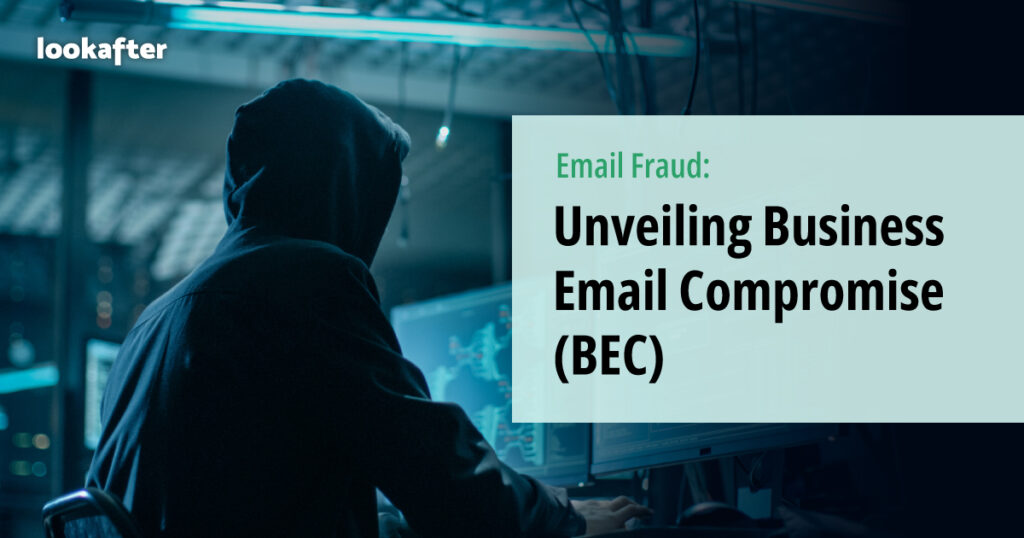Home > Empowering Tips > Email Fraud: Unveiling Business Email Compromise (BEC)

In today’s digital landscape, businesses face an ever-increasing threat from cybercriminals seeking to exploit vulnerabilities and gain illicit financial advantage. Among the many nefarious tactics employed by these malicious actors, Business Email Compromise (BEC) stands out as a particularly cunning and devastating form of cyber fraud.
Table of Contents
What is BEC
Business Email Compromise (BEC) is a type of cybercrime in which attackers gain unauthorized access to a business email account, typically belonging to a high-ranking executive or an employee with financial authority. The primary objective of BEC is to deceive the victim and manipulate them into performing fraudulent actions or sharing sensitive information.
Types of BEC Attacks
BEC attacks are usually sophisticated and well-planned, often involving social engineering techniques to trick victims. The attackers may employ various tactics such as:
- Spoofing: The attacker spoofs the email address of a trusted individual within the organization or a reputable entity to make it appear legitimate.
- Phishing: The attacker sends fraudulent emails to employees, pretending to be a trusted source, and requests sensitive information or instructs them to perform certain actions.
- Executive Impersonation: The attacker impersonates a high-ranking executive within the organization, usually targeting employees responsible for financial transactions. They may request urgent wire transfers or changes to account details.
- Vendor Fraud: The attacker poses as a vendor or supplier and sends fake invoices or payment requests to the organization, aiming to redirect funds to their accounts.
- Account Compromise: The attacker gains unauthorized access to an employee’s email account and monitors their communications to identify opportunities for fraudulent activities.
Preventing BEC: Best Practices
- Educate Employees: Provide comprehensive training to employees about the risks and characteristics of BEC attacks. Teach them to recognize suspicious emails, verify sender identities, and exercise caution when handling financial transactions or sensitive information.
- Strengthen Email Security: Deploy email filtering systems that can identify and block suspicious emails, including those with spoofed or suspicious sender addresses. Advanced threat protection solutions can help detect and prevent phishing attempts.
- Verify Payment Requests: Establish a strict process for validating payment requests, especially those involving significant amounts or changes to account details. Implement a system of dual approval and establish alternative communication channels to verify such requests directly with the concerned parties.
- Be Wary of Urgency: Exercise caution when receiving emails with urgent requests for wire transfers or immediate action. Encourage employees to independently verify such requests through a different means of communication (e.g., phone call) before taking any action.
- Keep Software Updated: Regularly update and patch all software and systems, including email software and security tools. This helps to address any known vulnerabilities that attackers may exploit.
- Maintain Strong Passwords: Encourage the use of strong, unique passwords for email accounts and other systems. Consider implementing a password management solution to facilitate secure password practices.
Summary
The consequences of a Business Email Compromise (BEC) attack can be severe, resulting in significant financial losses, reputational damage, and potential legal ramifications for organizations. Thus, it is important to employ preventive measures such as employee awareness training, email filtering systems, and secure communication protocols to help mitigate the risk of BEC attacks.